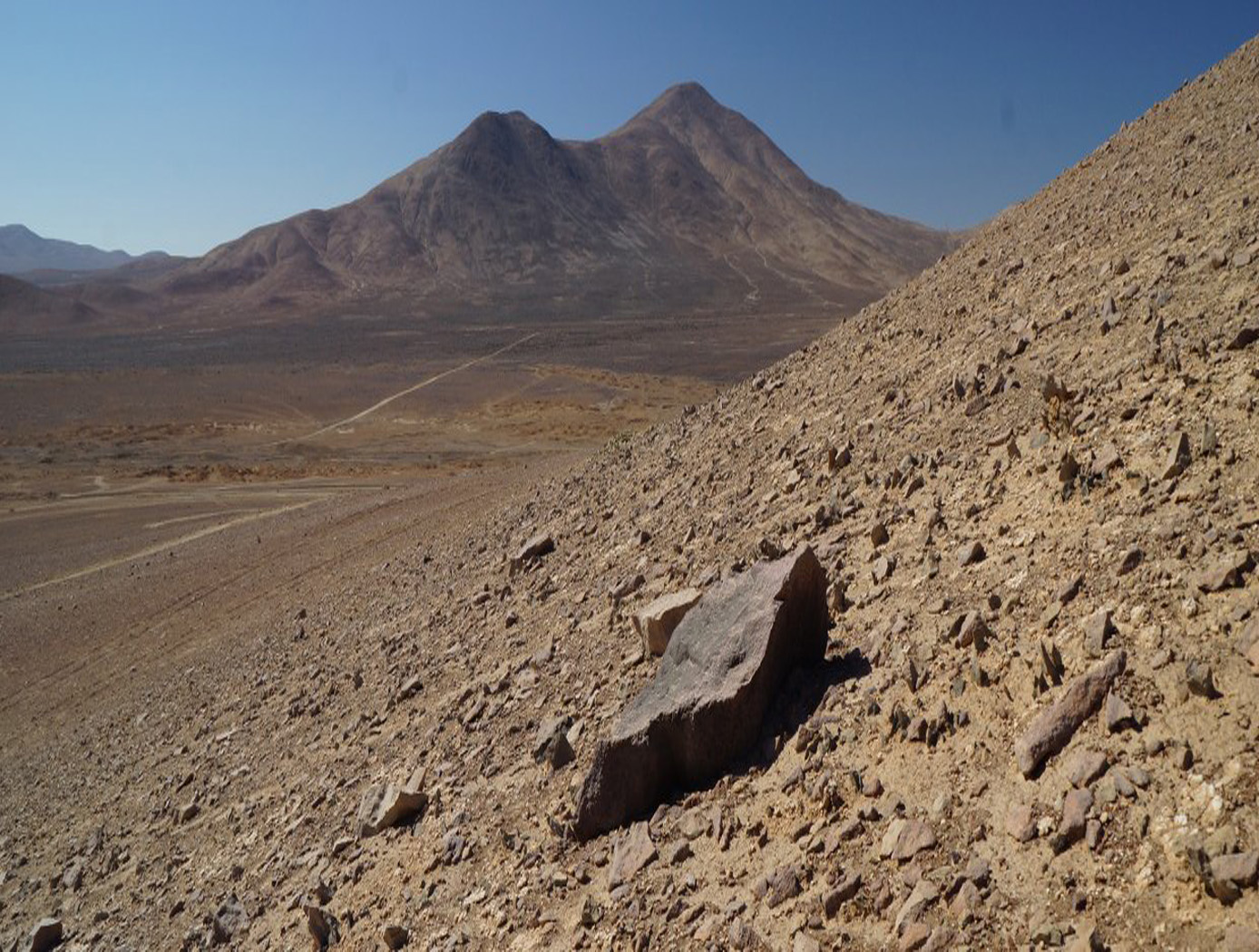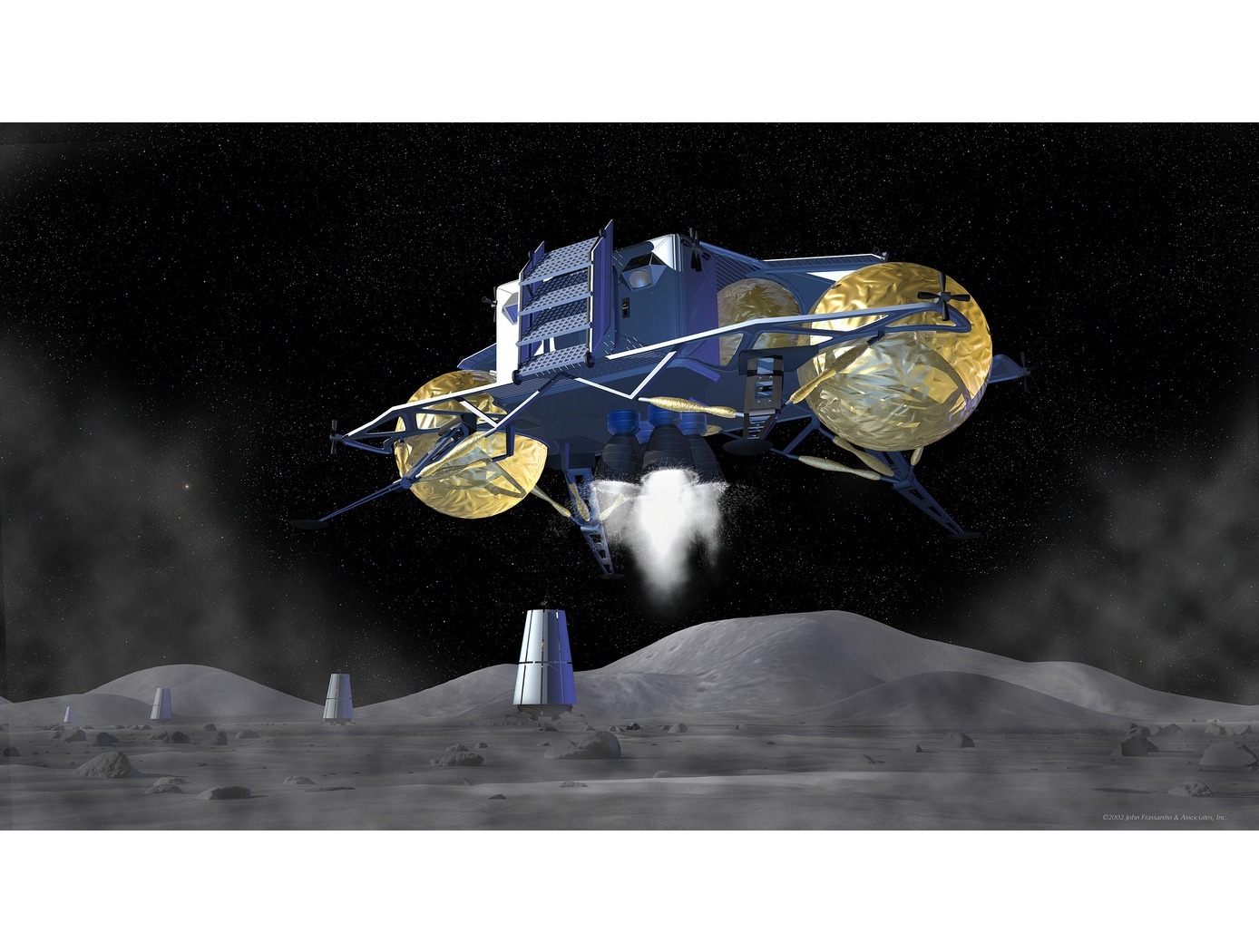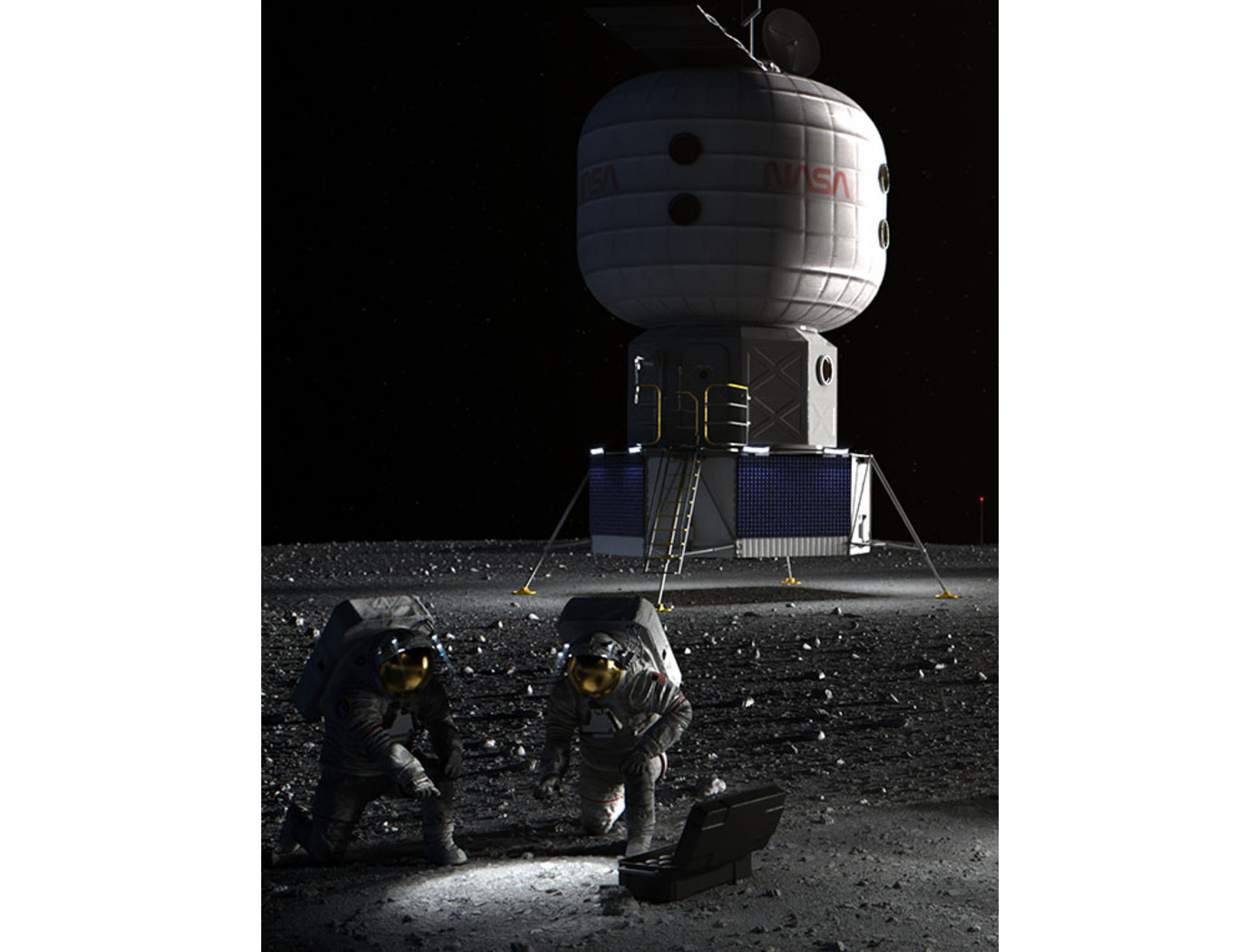Search
Mechanical and Fluid Systems

Improved Lunar Regolith Simulant Ion Implantation
Researchers and other technology developers require regolith simulants that accurately emulate the properties of lunar, Martian, and asteroid soils to ensure that the processes, devices, tools, and sensors being developed will be usable in an active mission environment. To move toward higher fidelity regolith simulants, NASA has developed a system that takes typical regolith simulants and implants ions of relevant elements to better simulate the conditions of extraterrestrial soils.
The ion implantation device developed here is composed of three key elements as shown in the figure below: two hopper and rotary valve elements and the acceleration grid structure. To perform the ion implantation, the system is first placed within a vacuum chamber, pumped down, and gases of the elements of interest are pumped into the chamber. The system then first passes a mass of granulated lunar regolith simulant through two stages of hoppers and rotary valves to condition the material. Key to the system is a process for interstitial gas removal (a source of contamination) as shown in the figure on the right. After conditioning, the regolith simulant is passed between two parallel electrodes under a high voltage, accelerating ions of the process gas and implanting those ions within the regolith simulant at controllable depths.
The related patent is now available to license. Please note that NASA does not manufacturer products itself for commercial sale.
Mechanical and Fluid Systems

Extractor for Chemical Analysis of Lipid Biomarkers in Regolith (ExCALiBR)
The technology provides miniaturized techniques for extracting trace amounts of organic molecules (lipids) from natural samples. It operates as an autonomous, miniaturized fluidic system, integrating lab techniques for lipid analysis while minimizing reagent volumes and concentrating organics for analysis, thereby increasing signal-to-noise ratios by orders of magnitude. The non-aqueous fluidic system described herein for astrobiological and life-detection missions (either in situ or returned sample) is configured to extract lipid organics from regolith using (1) a fluidic sample processor made of materials compatible with organic solvents and (2) a machine-learning system to select processing steps and parameters to maximize lipid yield. A critical gap is bridged by integrating technologies into a system that replicates analytical lab procedures autonomously on a spaceflight instrument scale with fidelity to original lab techniques. Automated fluidic devices combine controlled handling of liquids with sequential operations and parallelization of replicate processes. By designing such systems to closely interface with both sample-delivery and analytical measurement systems, laboratory analyses are automated. The technology adapts best practice laboratory methods for lipid analysis, overcoming analytical challenges like low organic abundance, interference of minerals/salts, and degradation of origin-diagnostic molecular structures. The extraction and concentration techniques from rock/soil samples can be applied to any biomarkers by changing the solvent, temperature, and agitation.
Manufacturing

Lunar Landing Pads
The jointly developed interlocking paver design consists of a molded solid material with tapered interlocking features that interface with features of an opposite gender in three orthogonal directions. This establishes a toleranced connection between the pavers that locks down six degrees of freedom.
More specifically, the system consists of two types of pavers: polygon and spacer pavers. Both are symmetrical about the longitudinal and transverse axes and are designed to interlock securely with one another in a checkerboard pattern. The polygon paver features an octagonal top level and a rectangular bottom level with protrusions and recessed notches. The spacer paver has an elongated center portion with isosceles trapezoid extensions on the top level and a rectangular bottom level with protrusions and notches. The interlocking design locks down six degrees of freedom, providing enhanced stability and preventing the flow of exhaust gases between the seams to mitigate erosion of the underlying regolith.
The pavers could be constructed leveraging in-situ resource utilization (ISRU). Lunar regolith has been identified as a potential construction material. Additionally, the pavers could be installed via robotic assembly, reducing the need for human labor in harsh environments.
manufacturing

Regolith-Polymer 3D Printing
The invention consists of a 3D print head apparatus that heats and extrudes a regolith-polymer (or other) mixture as part of an additive manufacturing process. The technology includes a securing mechanism, hopper, nozzle, barrel, and heating system. The securing mechanism attaches to a wrist joint of a robotic arm. The hopper, connected to the securing mechanism, has a cavity and a lower aperture. The barrel is an elongated, hollow member with its first end connected to the hopper's lower aperture and its second end connected to the nozzle's upper aperture. The heating system is positioned along the barrel and comprises a heater, thermocouple, insulator, and heating controller. The heating controller activates the heater based on input signals received from the thermocouple.
The print head apparatus also includes a feed screw, drive shaft, and motor. The feed screw is positioned within the elongated hollow member of the barrel, and the drive shaft transmits torque to the feed screw. The motor provides torque to the drive shaft.
An agitator is secured to the drive shaft, facilitating the consistent movement and mixing of the regolith-polymer mixture in the hopper. The nozzle includes a tube with an open end and an occluded end, allowing the mixture to be extruded through the lower aperture.
The jointly developed 3D print head technology enables efficient, large-scale additive construction using in-situ resources, such as regolith or other materials. The innovation reduces the need for transporting materials from Earth and allows for sustainable habitat development on the Moon or Mars. Given its adaptability to different crushed rock-polymer materials, the invention may also serve as an alternative to conventional Portland concrete construction on Earth.
Sensors

Dust Accumulation Sensor Provides In Situ Monitoring
Previous techniques for measuring dust accumulation, mostly de-pendent on solar cell output, were limited by their inability to distin-guish dust effects from other factors like incident radiation and radiation damage. These techniques were less effective in environ-ments with inconsistent solar flux and future missions, such as the Lunar South Pole, and lacked versatility in adapting to diverse envi-ronmental conditions. The PADS device embraces success over these challenges, and reflects enhanced features over prior iterations to also allow for space environments.
Key design features begin with the customizable mechanical design of the PADS device for use in space environments, heaters with imbedded precision temperature sensors, a selected optical coating for the device coupons that are calibrated on high-fidelity thermal modeling and validated with ground-based testing to simulate the space environment of interest (including dusting with simulants representative of the planetary-body soil/regolith), and a control circuit for precision control/matching of the thermal inputs to the sensor via the heaters. Retainers with mount isolators are implemented to ensure the stacked layers within the device do not dislodge during high vibration or gravitational loads during launch.
For operation, the PADS device is installed at the point of interest (e.g., space vehicle surface, extraterrestrial equipment) to quantify dust accumulation. Power and data transfer are done through cabling to the space vehicle system or can be provided standalone. A control circuit/algorithm adjusts the power to the heaters to precisely match the temperature setpoints. Ground testing in the simulated space environment conditions of interest creates a calibration plot of effec-tive emittance versus dust density, and allows determination of the degradation in emittance as the dust increases on the surface.
Testing on the PADS device has been completed in a simulated lunar environment and data has been collected to enable sensor calibration for its use on the Moon. It is currently poised for integration into a lander for flight testing.
Although the PADS device is intended for use in a burgeoning space industry and requisite environments – but given that the PADS device is partially comprised of programmable sensors in conjunction with optically coated coupons that can be tailored for custom use - it or its constituent components could be modified for terrestrial applications such as surface dust monitoring on photovoltaic panels or potentially combustible dust on various industrial surfaces.



